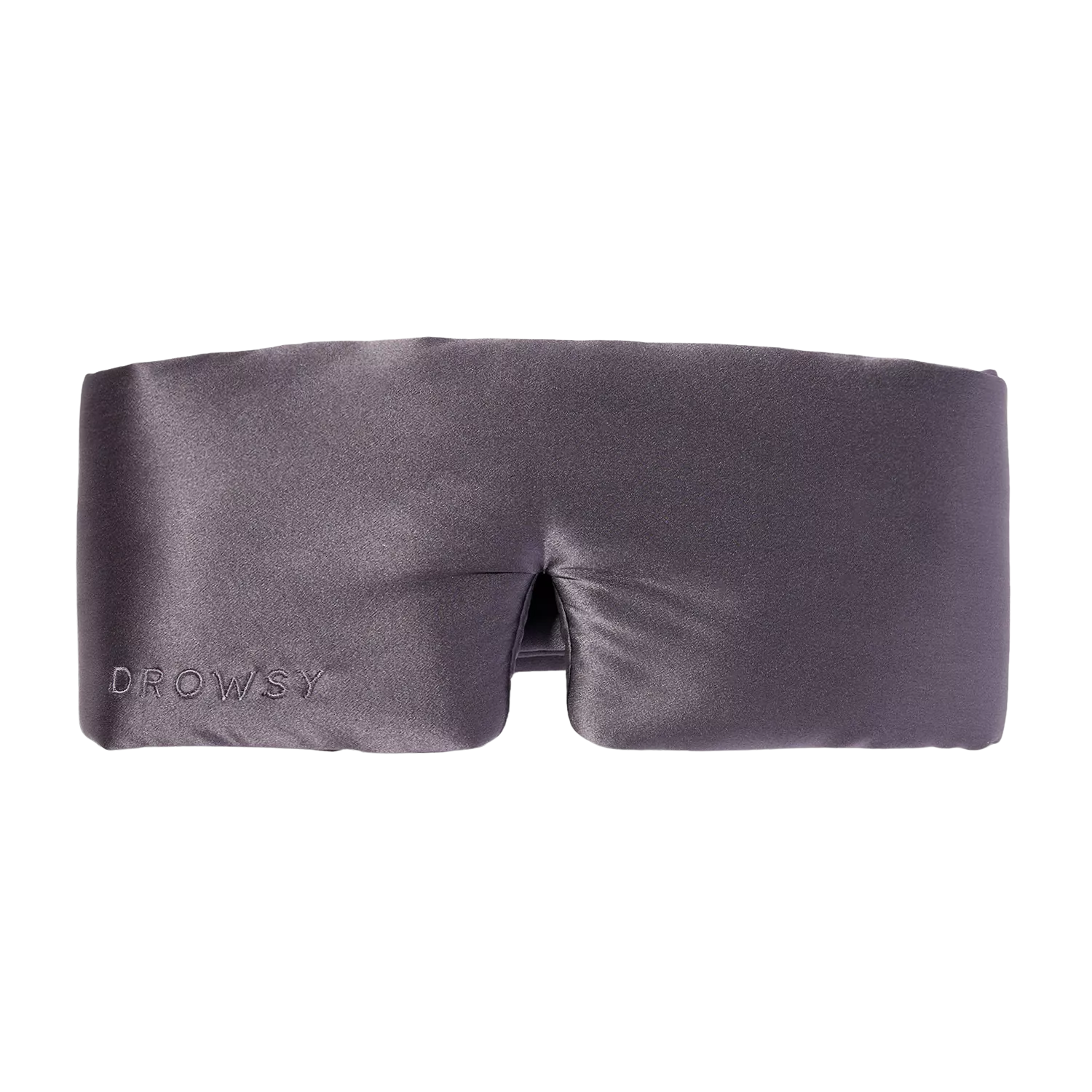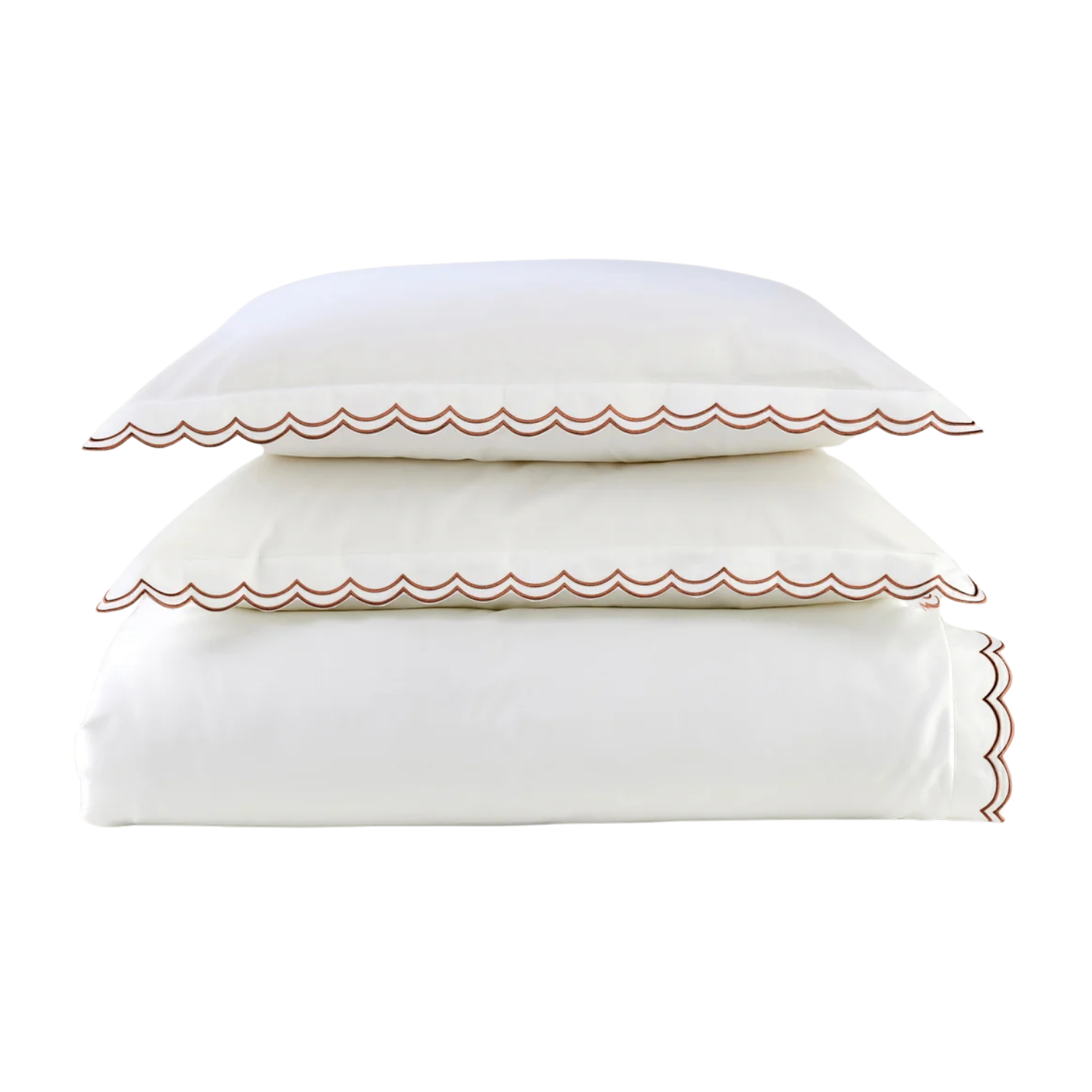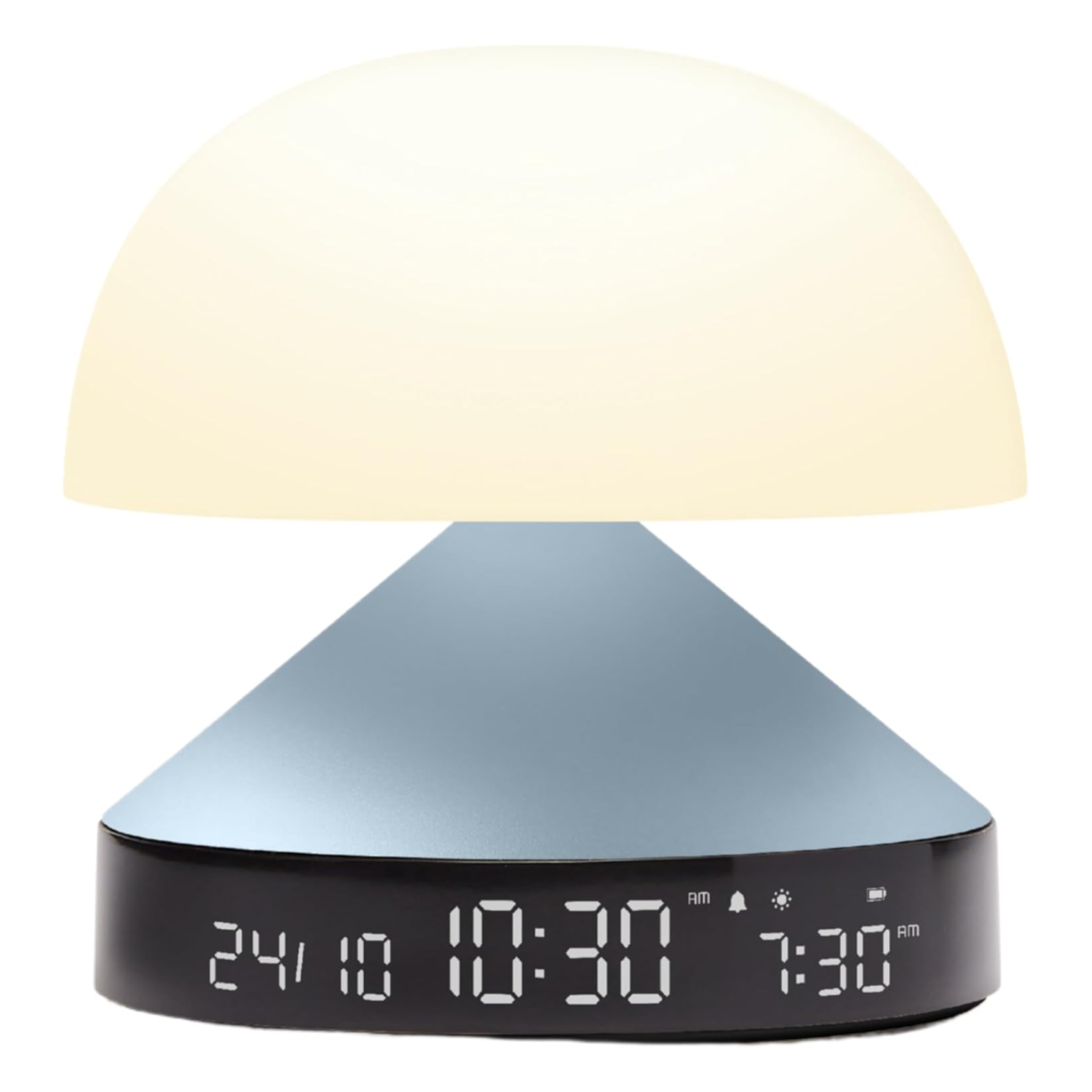Wait, My Sleep Obsession Might Be Causing Me to Lose Rest? Meet Orthosomnia, the Tech-Stress Affliction Everybody's Talking About
Find yourself stressing over sleep from repetitive data check-ups on your REM patterns? This new burnout has a name and a treatment, too

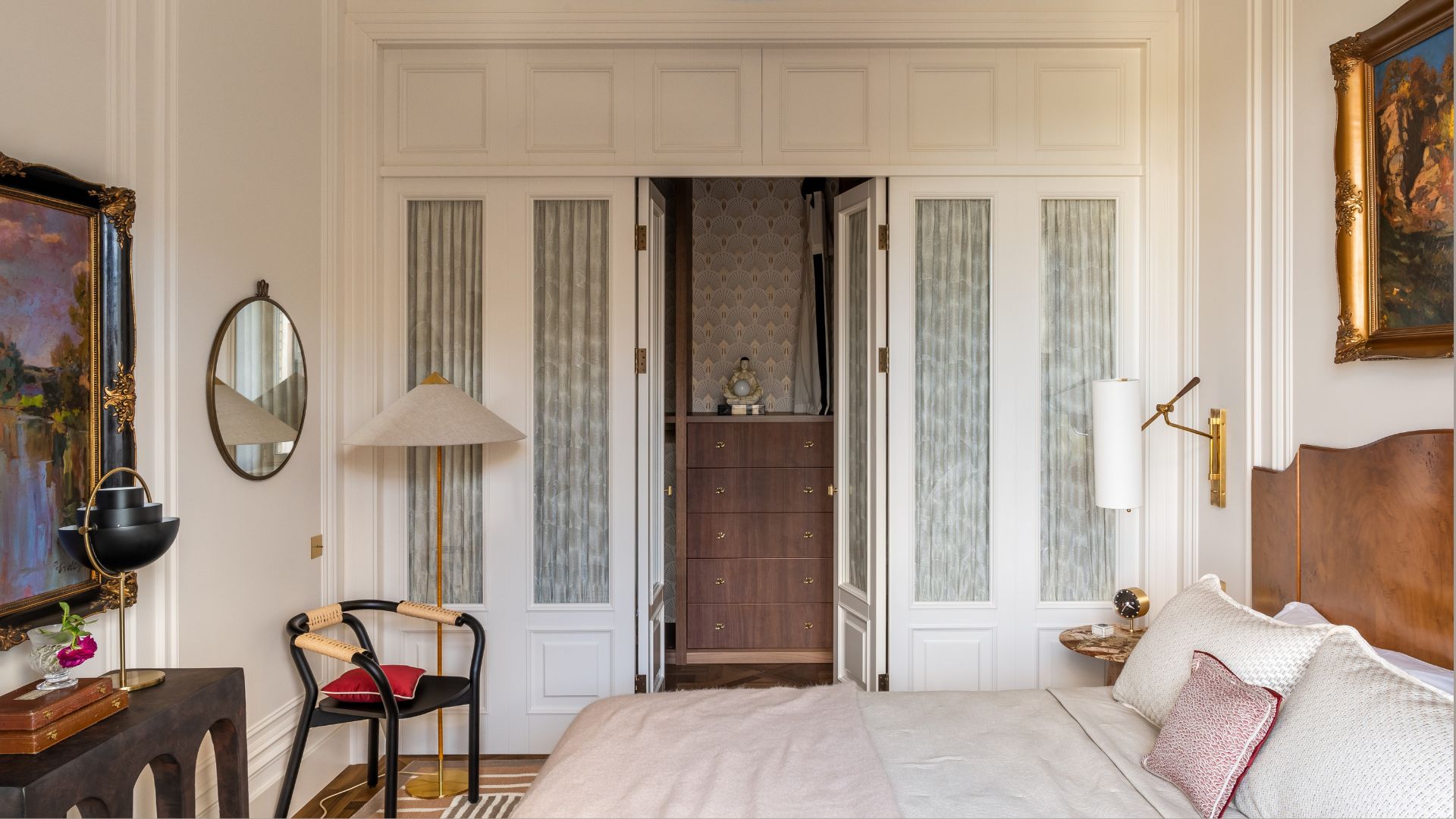
Once upon a time, the only way to track your sleep would have been to visit an expert to look into patterns and lend advice. But now there's technology that dips into every high and low of your REM cycle.
And as someone who is deeply interested in learning how to sleep better, I had always been under the impression that sleep tech can do no harm. However, on discovering orthosomnia, I am now learning that even chasing the perfect circadian rhythm requires a digital detox.
This new age affliction stems from fully, and perhaps addictively, embracing sleep technology. But to understand its causes, symptoms, and treatment, let's begin by understanding the affliction in and of itself.
What Is Orthosomnia?
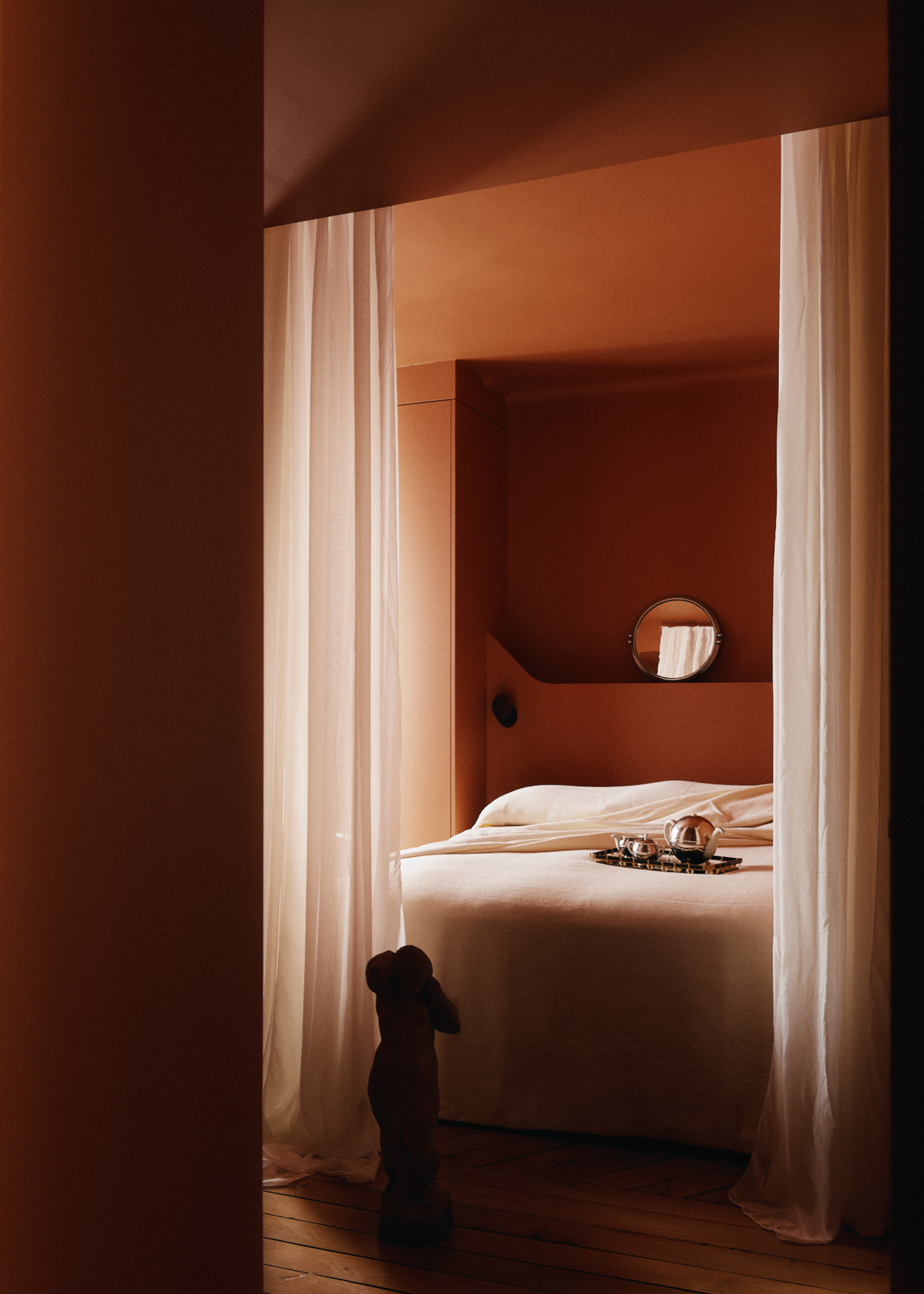
"Orthosomnia is a relatively new sleep disorder characterized by an obsession with achieving 'perfect' sleep, often fuelled by using sleep-tracking devices and apps," says Martin Seeley, sleep expert at MattressNextDay.
"The word combines 'ortho' (meaning correcting) and 'somnia' (meaning sleep). This is a condition where people start to become focused on improving their sleep, but it becomes worse."
Martin explains that orthosomnia can affect high-achieving or anxious individuals, who will closely watch their sleep through smartwatches, mobile apps, or rings and start to believe they have a sleep issue, even when they feel fine.
The truth is, there are plenty of things to aid sleep, and they don't have to be wired up to help you rest well. Sometimes it's better to rely on classic sleep helpers like comfortable bedding and bedroom paint colors.
The Livingetc newsletters are your inside source for what’s shaping interiors now - and what’s next. Discover trend forecasts, smart style ideas, and curated shopping inspiration that brings design to life. Subscribe today and stay ahead of the curve.

Martin brings decades of hands-on experience in the sleep industry to Snooze News, offering readers trusted, real-world guidance on all things rest-related. As the founder and CEO of MattressNextDay, Martin has spent his career helping people make informed choices about their sleep environment, building a reputation for honest advice, quality sleep solutions, and customer-first thinking. His articles draw from years of speaking directly with customers, collaborating with sleep experts, and staying at the forefront of sleep trends. Whether he’s exploring the impact of seasonal changes on sleep, offering tips for creating a restful bedroom, or breaking down the latest research, Martin writes with clarity, care, and a genuine passion for helping people wake up feeling better. With his deep industry knowledge and commitment to making expert sleep advice accessible to all, Martin is a go-to voice for anyone looking to improve their nightly routine.
What Are the Causes of Orthosomnia?
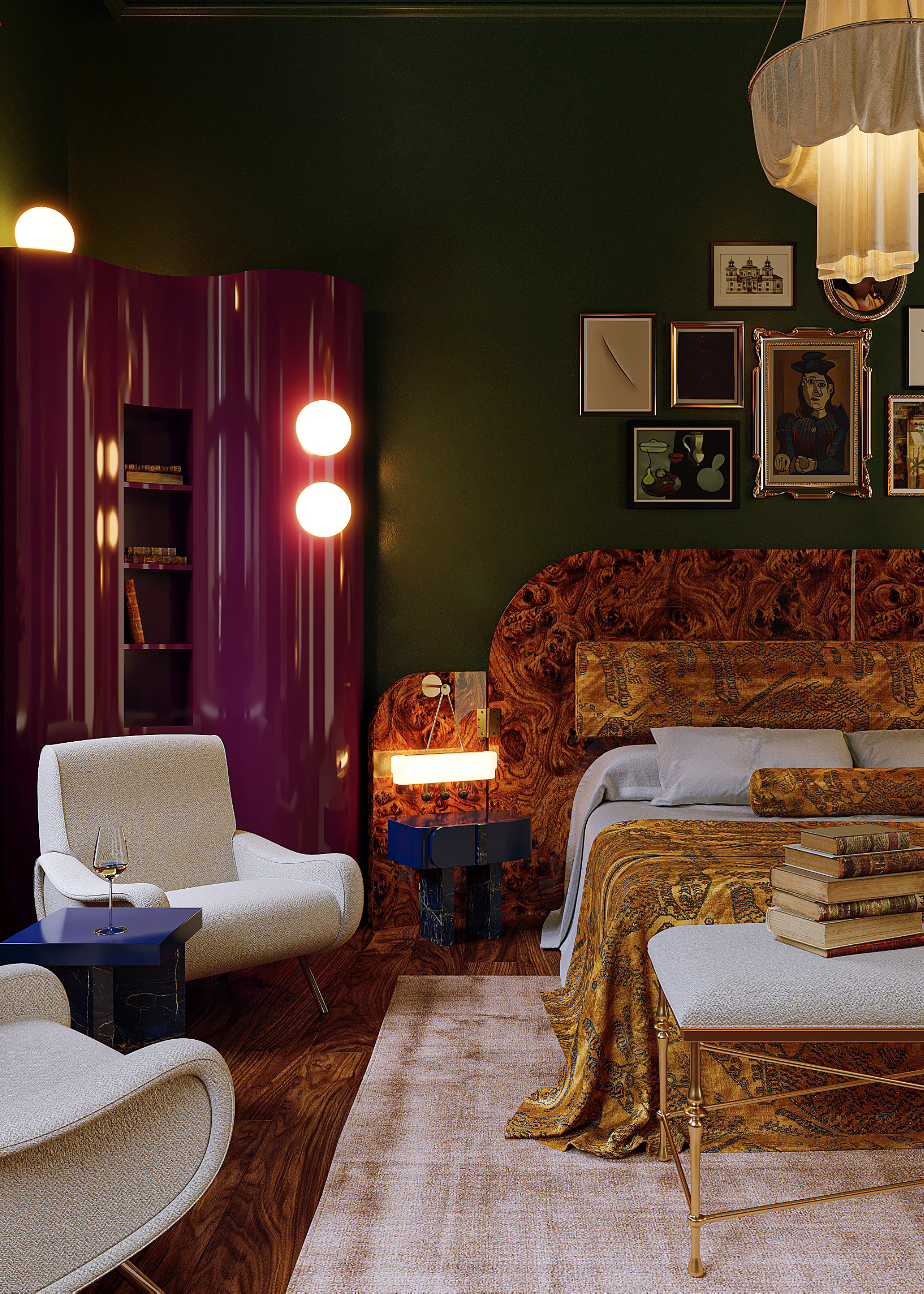
Martin tells me that one of the main causes of orthosomnia is becoming dependent on sleep-tracking data. "Many people start to trust whatever their sleep date is telling them on the device, more than their own mental and physical state," he explains.
"Someone could feel well-rested after a night’s sleep, but if their trackers show they had poor sleep, they will start to worry and create unnecessary stress. This worry can come up every night, which can throw off the cycle of sleepiness to prepare for rest, known as sleep performance anxiety, preventing restful sleep."
Additionally, he finds that perfectionist tendencies and the need to be in control play a huge role. "People who suffer from orthosomnia can go to great lengths to perfect every single part of their sleep routine. Such as setting a strict sleep schedule, taking supplements, and avoiding blue light," he notes.
"Although these sleep tips can be great, the extreme pressure to stick to these routines can add stress and make it even more difficult to fall or stay asleep. Many sleep trackers also offer data that isn’t always correct or consistent, which can cause confusion and increase the sense that something may be wrong."
Sometimes, all you need is to find your pillow position and discover secrets to designing a comforting bedroom. And of course, there's no harm in exercising sleep tech and accessories in balance.
So, how can you tell if you're an orthosomniac? There are some symptoms to keep an eye out for.
What Are the Symptoms of Orthosomnia?
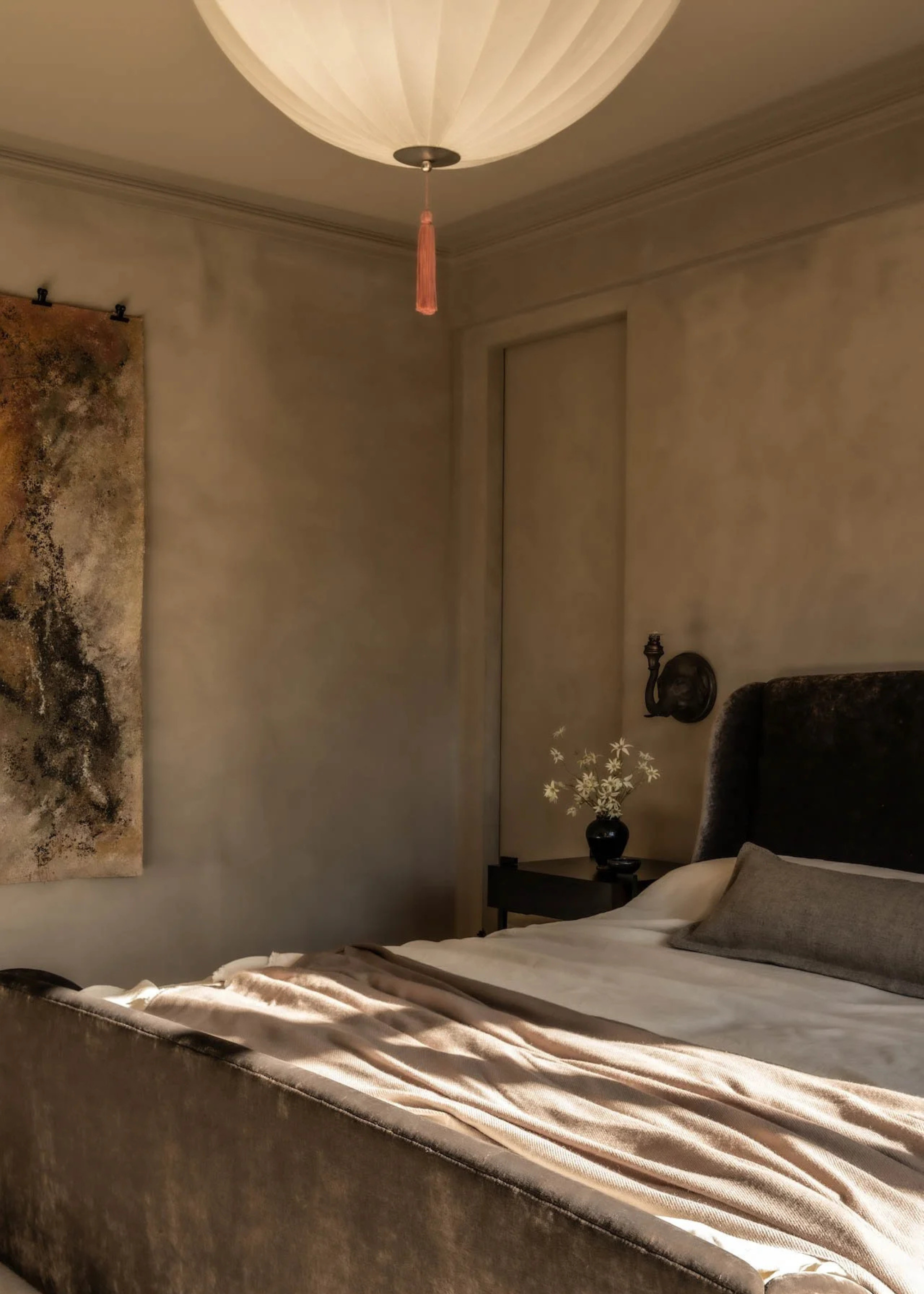
For starters, Martin explains that constant checking of sleep tracking data, often first thing in the morning, is a prime symptom of orthosomnia. "Feeling stressed, anxious, or frustrated if the sleep date seems 'poor', even when you have had enough sleep, is another common factor," he says.
"Finding it hard to fall or stay asleep from overthinking or sleep pressures and trying to fix sleep issues that are not there by increasing sleep rituals are also inklings of orthosomnia."
And if you have sleep performance anxiety, that allows worry to disrupt rest, or you find yourself depending more on data than on how you actually feel, you could be facing a bout of orthosomnia.
Perhaps it's time to make a shift to simple things for a sleep-friendly bedroom, and that begins by actively making changes to beat orthosomnia.
How to Treat Orthosomnia?
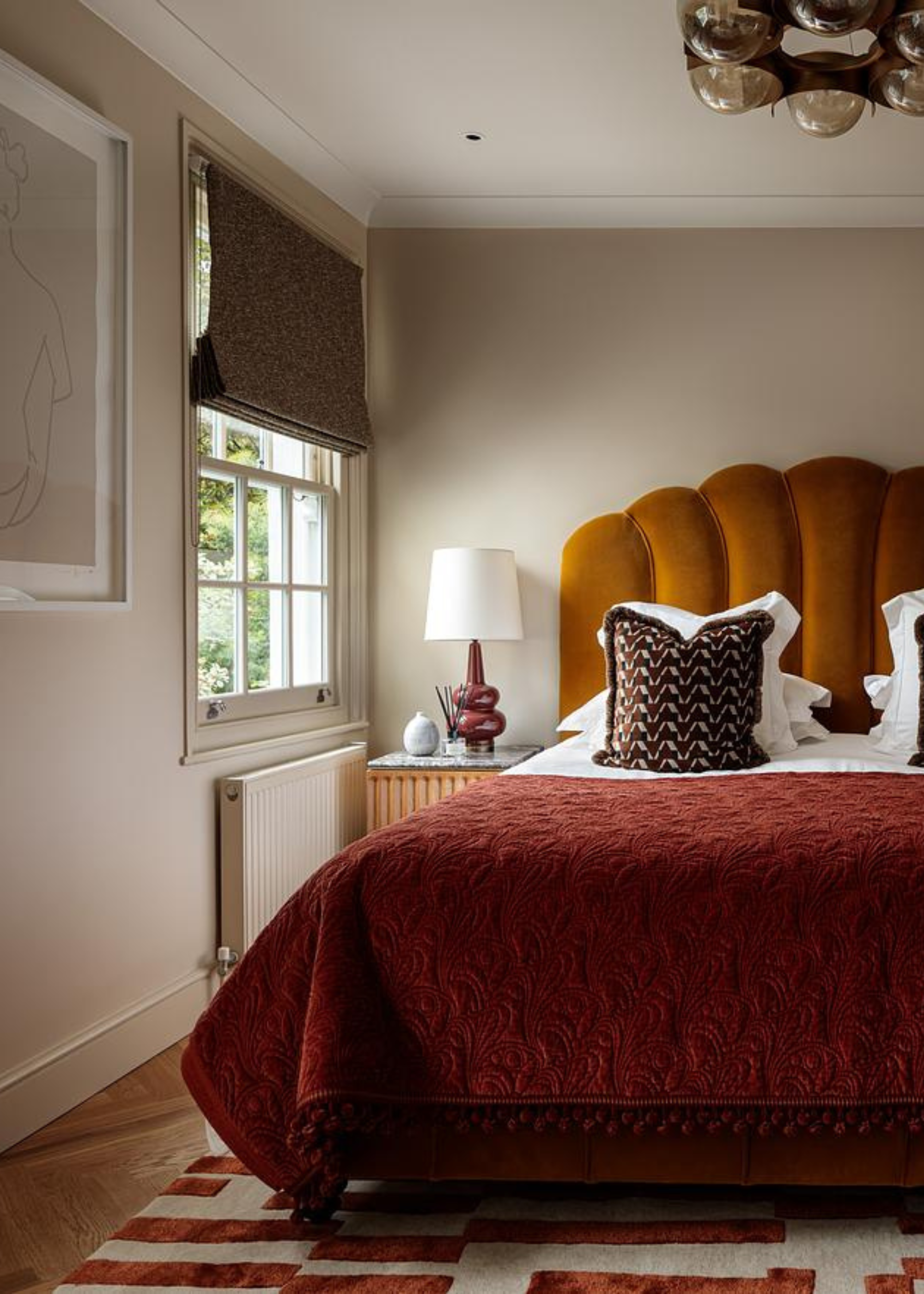
According to Martin, the best way to help manage orthosomnia is to take a step back and reduce time from sleep trackers, especially if they are making you feel anxious.
He recommends focusing on how you are feeling and not just what the data says. "Try to maintain a constant but flexible sleep routine and use calming rituals such as deep breathing or mindfulness before your sleep time," he advises.
"For issues that seem to be staying, like high levels of anxiety, cognitive behaviour therapy for insomnia (CBT-I) is highly effective. The important thing is to try and shift the mindset from chasing perfect sleep to just getting enough rest that feels good and support your overall health."
A low-cortisol bedroom that's digitally undressed and a sleep routine that feels natural and stress-free are important steps towards sound slumber.
Digital Detox Sleep Accessories
Now that you're on the path to more traditional, tech-free sleep, perhaps a cozy bedwomb is the next best move for your tranquil bedroom makeover.

Amiya is a Home Wellness Writer at Livingetc. She recently graduated with a Masters Degree in Magazine Journalism from City, University of London, and has lent her words to beauty, fashion, and health sections of lifestyle publications including Harper’s Bazaar and Women’s Health. Her experience as a research analyst has equipped her with an eye for emerging trends. When she’s off the clock, she can be found reading, listening to music, or overanalyzing her latest Co-Star update.
